If you are a coffee-lover, nothing gives you that much needed morning pick-me-up like a fresh hot cup of liquid energy. The used grounds can also give your garden a boost, if used correctly, and with organic gardening on the rise, coffee grounds are hailed as a cure for everything from pest-control to providing organic nitrogen. Scientific studies show coffee grounds do provide some benefits to the garden, but some of the publicized claims are unsupported and if fact, can be detrimental. Get to know the facts first before you start pouring on the grounds in the garden.
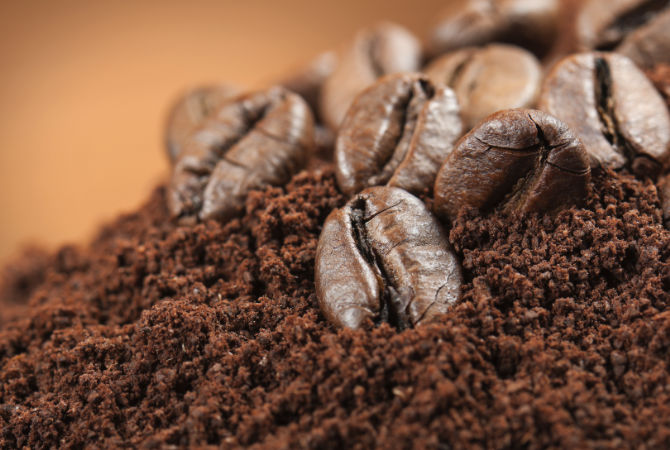
Coffee Grounds Improve Soil Acidity
Since coffee is an acidic drink, it makes sense to think that the grounds are acidic too, and make great additions to the soil where acid-loving plants are growing. Unfortunately, this is a misconception. The fact is the acid contained in coffee is water-soluble and when brewed, gets flushed from the grounds. When tested, the grounds end up being more neutral than acidic on the pH scale, generally ranging between 6.5 and 6.8. Though cups of coffee holds the most acid, tests haven’t been conducted that show whether pouring coffee into the soil benefits the plant or not – the jury is still out on this one.
Coffee Grounds Repel Pests
Coffee grounds are promoted to repel all sorts of pests from slugs, snails and ants, though university tests do not confirm they work. However, caffeine sprayed on the foliage of cabbage plants has shown that it significantly decreases the amount of slug and snail activity. Experiments showed when solutions contain 0.1, 0.5 and 2.0 percentages of caffeine, the snail’s heart rate decreased and within 96 hours, it was dead. Tests also show that 1 and 2 percent solutions of caffeine sprayed on mulch killed up to 95 percent of the snails. This leads one to believe that spraying plants, the soil and mulch with a cool cup of coffee might have the same effect.
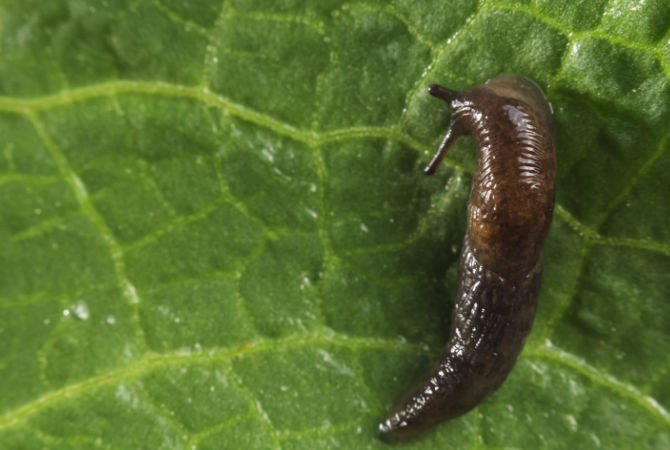
Coffee Grounds Are a Great Source of Nitrogen
Tests show that coffee grounds contain approximately 2 percent of nitrogen and that’s not enough to add any real benefit to most plants without the addition of a nitrogen-based fertiliser, if using directly as a soil amendment and not in the compost pile. However, the addition of coffee grounds into the soil improves its structure and earthworms utilize the grounds as a food source, depositing them deeper into the soil.
In addition, soil-borne fungi and bacteria, which utilizes the nitrogen in the grounds for their growth, break down the assorted chemical components of the coffee grounds after a few months (copper, phosphorus, magnesium and potassium), improving their availability to plants. When adding coffee grounds directly into the planting bed, follow some basic tips and your plants will get off to a good start, and the grounds will not impede their growth.
- Layer the planting bed with approximately 1.27-centimeters of coffee grounds. University studies show that using larger amounts of coffee grounds can actually stunt plant growth.
- Add a layer of nitrogen fertiliser, if required, on top of the coffee grounds based on the amount required for the plants you are growing.
- Work the grounds and fertiliser into the soil to a depth of approximately 15.240 to 20.320-centimetres.
Using Coffee Grounds as Mulch
Due to the fine texture of coffee grounds, they are easily compacted, which creates a barrier that doesn’t allow moisture or air to penetrate through them, especially when applied to the soil in thick layers and they then become dry. Therefore, use no more than a 1.27-centimeter layer and apply a 10.16-centimetre layer of a course substance such as bark mulch or leaves on top of the grounds. Some studies show the suppression of weed-growth when coffee grounds are used as a mulch.
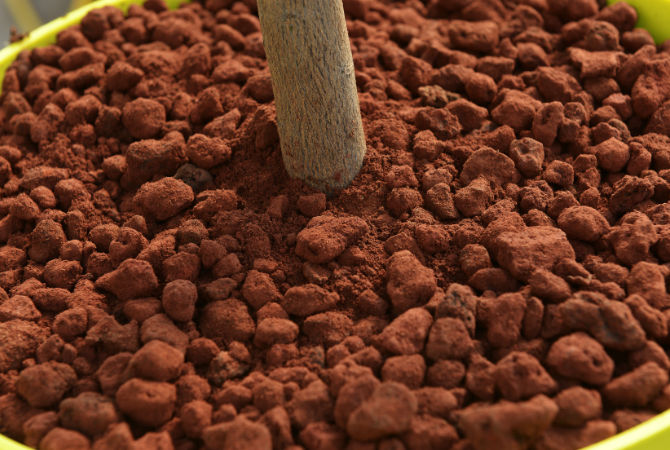
Suppression of Diseases
Studies done in a controlled environment showed that the use of coffee grounds in compost suppressed fungal rots and wilts, which included Pythium, Fusarium and Sclerotinia. The research suggested that the species of fungus and bacteria normally found on coffee grounds as they decompose prevented those specific fungal rots and wilts from developing. Crops used in the study included, tomatoes, beans, spinach and cucumbers.
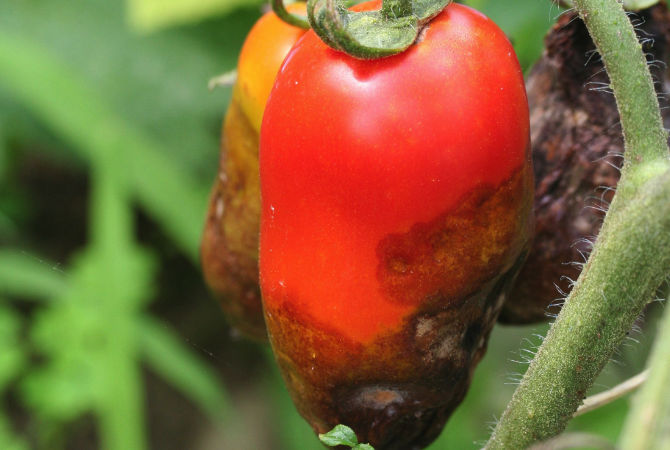
Using Coffee Grounds in the Compost Pile
Despite not adding any beneficial amounts of nitrogen when added directly to garden soil, coffee grounds are a great source of nitrogen when it comes to using them in the compost pile. Their carbon to nitrogen ration is 20:1, which is the same as manure. Coffee grounds used in compost piles offer the added benefit of heating up the pile quicker and for a longer period, which helps in killing pathogens such as E. coli. When adding the grounds to a compost pile, use equal portions of the grounds, leaves and grass clippings and mix well. Studies show that the compost requires a makeup of only 10 to 20 percent of coffee grounds to suppress diseases, and that adding too much can actually be detrimental to plant growth. The compost can take three months or more to break down into a crumbly soil appearance when it’s ready to incorporate into the garden soil.
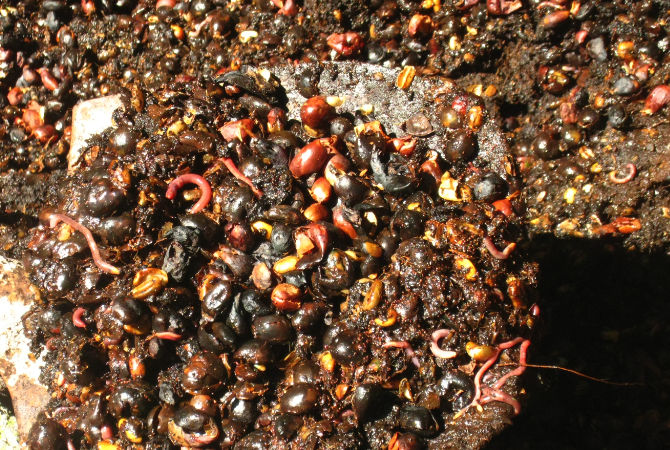
Storing Used Coffee Grounds
Many times, you can obtain large quantities of used coffee grounds from coffee shops, as they just throw them away. If you have too much to add to the compost pile or for immediate use in the garden, you can store the grounds in a plastic tub until you are ready to use them. The stored coffee grounds won’t go bad.
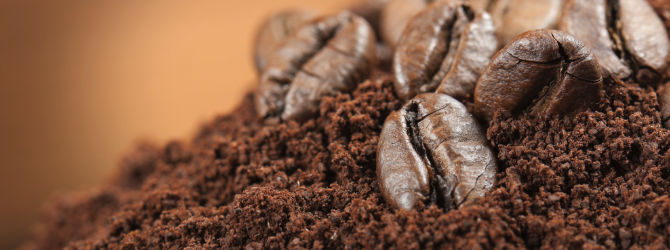
2 thoughts on “Coffee Grounds in the Garden – Facts and Fiction”
Very good forum post.Really thank you! Fantastic.
if you are storing them dry them first as wet grounds will mold. A homemade landscape fabric pouch will help dry them and not allow the dried grounds to blow away.